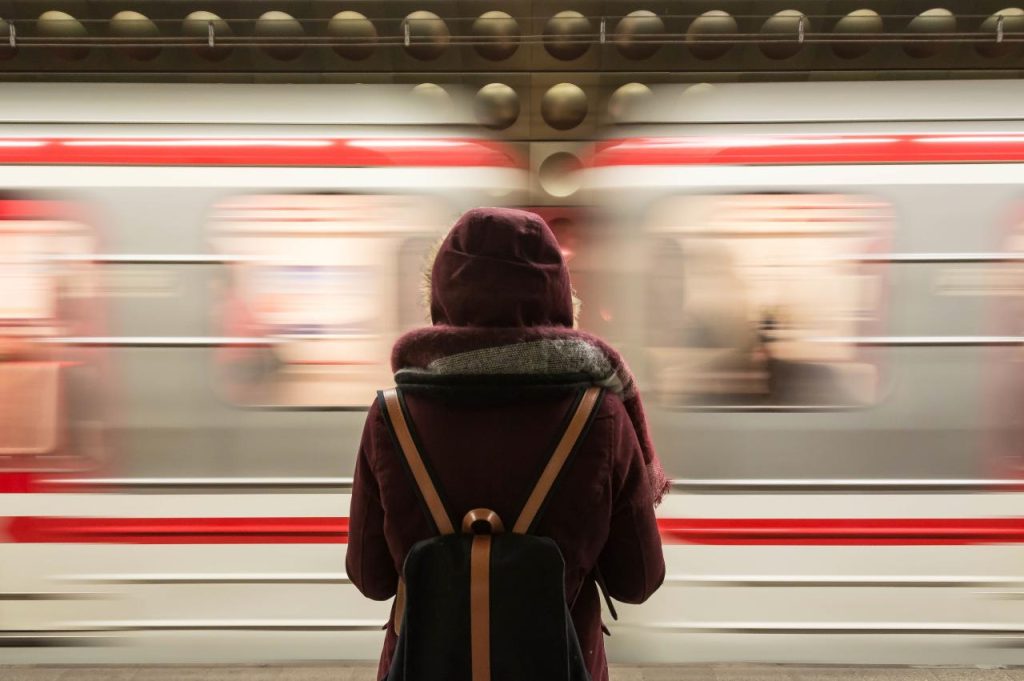The Rio de Janeiro metro is the main public transport system in Rio de Janeiro.
It is a network of underground and surface lines that connect the city center to suburbs, providing an efficient and fast way of getting around. The first line was opened in 1914 and has since been extended several times.
What are Rio de Janeiro’s busiest stations?
The busiest stations in Rio de Janeiro are the one located in Copacabana, which is the main station of the Copacabana beach, and in the city center, that is, Guanabara.
How many trains run on Rio de Janeiro’s metro system daily?
There are over 50 lines of the metro, and the system carries more than 2.3 million passengers a day.
What is the metro’s fare system like?
The metro uses a single ticket, called a “TMB” (for Metroviável Básico or Basic Ticket).
The fare for one journey is fixed at R$1.00 (US$0.70).
The system has no season tickets and is not integrated with any bus routes.
What is the metro’s map like?
The map is a scale model of the metro, showing the lines and stations.
The metro network is in red and the city center in white.
What are Rio de Janeiro’s metro lines like?
The metro is divided into two operating companies: UBNT, which operates the underground lines, and EMTU, which runs the surface lines. Each one has its own color on the map here: http://www.rtjr.com/en/.
What are Rio de Janeiro’s metro stations named after?
In Rio de Janeiro the metro stations names are inspired by the history of the city.
For example, Santos Dumont (the inventor of the airplane) and Tijuca are named after the neighborhoods where they were located. Other trains have been named after famous Brazilians such as Pelé and Maradona.
What are Rio de Janeiro’s metro stations located in?
Rio de Janeiro metro system has over 150 stations with some more opening in the future. Rio de Janeiro metro system is divided into four lines.
The first line being Line 1 that is a single track, the second being Line 2 that goes from North to South Rio de Janeiro, the third being Line 4 which connects North and South Rio de Janeiro and the fourth being Line 5 which runs from West to East Rio de Janeiro.
Below are all of the Rio de Janeiro metro stations located in:
Metrô Rio (Line 1): The first line of the metro system is Line 1 also known as Metrô do Rio.
This line was opened on December 18, 1914 and is a single track underground line.
The line connects many major places in the city including Copacabana beach, Santos Dumont Airport, Sugar Loaf Mountain, Santa Teresa and Cosme Velho.
Rio – Baixada Fluminense (Line 2): The second line of the metro system is Line 2 also known as Metrô da Baixada Fluminense or Metrô Capitao-Barra da Tijuca.
This line was opened on January 22, 1929 and is a double-track surface street line.
It connects North to South part of Rio de Janeiro with an overall length of 19 km (11.8 miles). Some of these places included are Barra da Tijuca, Urca, Botafogo, Flamengo Park and Barra do Piraí-Shopping Carioca Shopping Mall..
Metrô Corcovado (Line 3): The third line of the metro system is Line 3 also known as Metrô Jardim América or Metrô Vila Andrade.
This line was opened on November 26, 1974 and is a double track underground street.
It connects North to South part of Rio de Janeiro with an overall length of 35 km (21.5 miles). Some of these places included are Tijuca Forest National Park, Flamengo Park and Maracanã Stadium..
Metrô Santos Dumont (Line 4): The fourth line of the metro system is Line 4 also known as Metrô São João-Oscar Niemeyer.
This project started construction in 2005 but was completed in 2008 after it was extended to connect Urca station along with a new tunnel under Guanabara Bay connecting Santos Dumont Airport with Urca station..
What are Rio de Janeiro’s metro stations decorated like?
Most of the metro stations are decorated in a modernistic style with a lot of marble, glass and stainless steel.
The design is inspired by Brazilian architecture and is done by Brazilian artists, mostly from Rio de Janeiro and São Paulo.
What are Rio de Janeiro’s metro stations famous for?
The metro stations in Rio de Janeiro are famous for their beauty. Some of the most beautiful stations are Lapa, Gávea, Botafogo, Jardim, Leblon and Copacabana.
The stations have been built according to the art deco style and many of them have stunning art deco mosaic floors.
